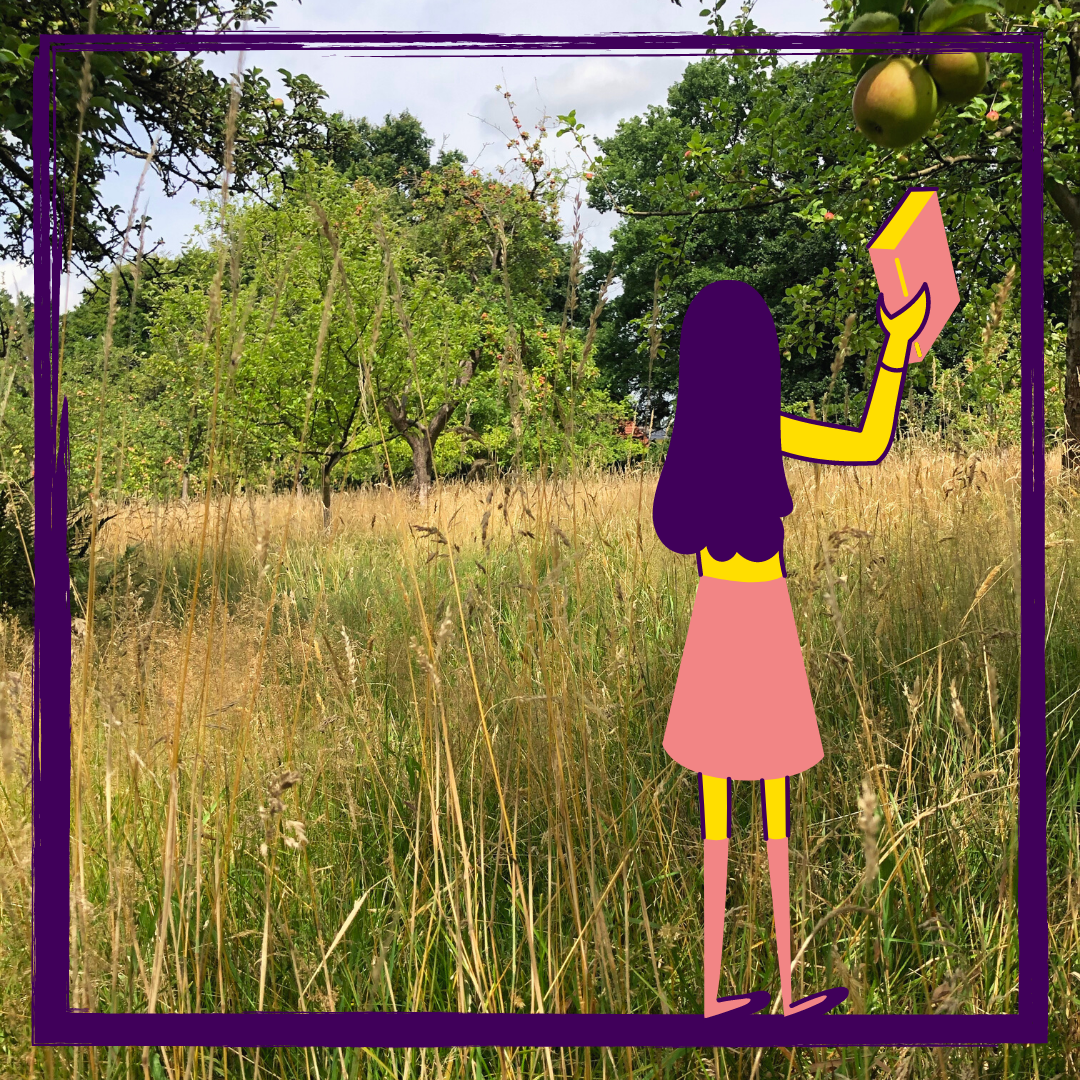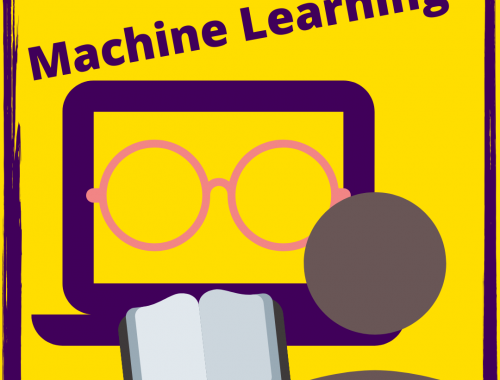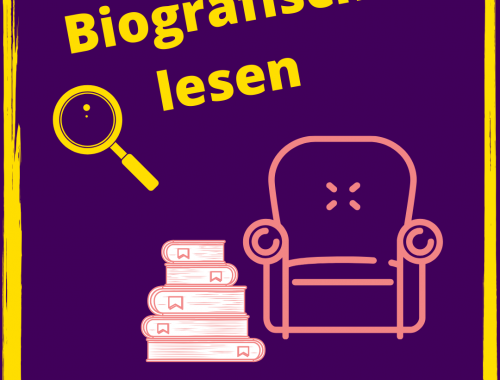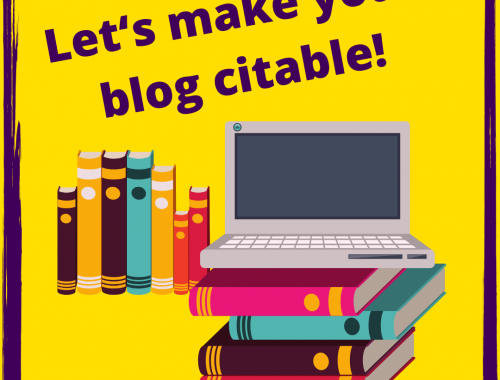
10 Classics for your holidays
Inhalt / Content
The semester is finally over. As it had to be a “digital semester”, it was rather a bit harder than usual. Or let’s say, a lot of the things that make up for long hours of studying alone at home were simply missing. There were no visits to cafés during seminar breaks. One had no personal exchanges in the seminar. And there was no skipping sessions together, just because you hadn’t “used” the allowed number of missing hours 😉 And now the holidays are here. You could finally sit back and relax, read something different than classics, couldn’t you?
If there wouldn’t be this nagging feeling all the time that you have to use your time in a meaningful way. That you could at least read a little bit, to finally get a little closer to the feeling of knowing the literary world really well. Well, do you recognize yourself? Then this article is just for you. I’d like to suggest 10 classics that are really worth reading. I would even say you hardly notice they’re classics. They range from funny to gripping to poignant. Of course, you will find canonical texts as well as texts that you can use to expand your canon.
Why read classics on holiday
With the classics, it’s such a funny thing. On the one hand, we overestimate them. Lift them up into the sky and with some of them, if you’re honest, you get the feeling that it’s only because they were written a long time ago. On the other hand, we often underestimate the classics. Bulky, inaccessible, a hard piece of work or simply boring – such and similar associations ensure that we are actually rather reluctant to approach this kind of literature. Unless we are forced to, right?
Which classics to read on holiday
This is neither good for the literary works nor for your classicism. If you take a classic in your hand, you immediately get that “oh-no-not-now-this-will-be-exhausting”-feeling. Actually, there is no fundamental difference between contemporary literature and classics. You just have to know which works you would like to read yourself. The question should be which books you can spend a good, funny, exciting or intense time with. To make it easier for you to find classics that complement your holiday reading without weighing them down too much, I have 10 classics-tips for you today. Strictly speaking, not all of these works are canonized, which is also due to the fact that I have tried to list as many works by female as by male authors. But all of them are worth reading and you can shine with all of them in your next literary studies seminar.

10 books for your holiday reading
But now enough arguments for classics in your luggage, now you should finally know what you can pack confidently.
Voltaire: Candide
An all-time favourite of mine is this short booklet. It is a satirical narrative that takes a look at the educational theories of its time. The text was published in 1766, four years after Rousseau’s “Emile or On Education”. If you ever had to read this one, you will immediately know what Voltaire meant.
Candide was raised benevolently and in accordance with all the educational ideals of his time. But when he goes out into the world, full of optimism and joie de vivre, not only good and beautiful things happen to him. On the contrary, his life actually always takes the worst possible turn. But he never loses his unshakable optimism. After all, he is convinced that he is living in the best of all worlds and has enjoyed the best possible upbringing. The whole thing is written so pointedly that it is simply wonderfully funny.
Kurt Tucholsky: Gripsholm Castle
This classic has been on my long-term reading list for a long time. Now I have finally read it. Why only now? I asked myself, because reading is simply fun. Tucholsky tells a light summer story about a couple who spend their holidays in Sweden. And even though the First World War is still in the background – a war comrade of the protagonist comes to visit them in between – the story of the unconventional couple is often so funny that it almost turns into silliness.
At one point or another you even wonder whether Tucholsky could have had thoughts like “Nah, Kurt, you can’t bring yourself to publish something like that. Nobody will take that seriously, as silly as it is”. But since the story is not only light-footed, but also has moments of reflection, it’s not superficial at all. Despite all the humour, it still encourages you to think further. For example, the subject of classical and new role models, which is still very much in vogue today, is taken up. Another theme, as already mentioned, is the experience of war and the renewed threat of war (the book was published in 1931).
Irmgard Keun: The Artificial Silk Girl
There is a story connecting me with this novel. I got the book as a present from my tutor and favourite teacher, when I left school. So it’s been quite a long time since I read it for the first time and it was a truly eye-opening read. Irmgard Keun is not exactly one of the canonized authors and the female perspective on the contemporary historical peculiarities of the 1920s that she offers here was quite new to me. The protagonist is at a similar age as I was back then and wants one thing above all else – to become a shine.
For her, shining means becoming an actress or something similar (especially visually) bewitching. She starts her career as a stenotypist. She does get an small stage-role now and then, but she never reaches the top. It doesn’t really help either that the golden 20’s are slowly coming to an end and it becomes more and more difficult to make a living for her. Nonetheless, the story doesn’t necessarily lose its light-footedness and wit with which you follow the protagonist all the way down to the bottom. But I don’t want to give away more, because you should definitely read this special little book yourself!
William Shakespeare: A Midsummer Night’s Dream
Now you’re probably wondering. “Seriously? Shakespeare? Reading? Drama?” Oh, yeah! There are great productions, of course. But, at the moment, going to theatres in our Corona-plagued times, might not be as easy as it used to be. Yes, there are films too, but they rarely show the whole range of Shakespeare’s writing. Because especially in the Midsummer Night’s Dream there is so much linguistic humour. Somehow, you only fully grasp the trials and tribulations, the silliness and fantastic worlds when you read it.
At least that’s what happened to me when I read a text by Shakespeare for the first time. This had the interesting consequence, by the way, that I then – still during my school time – had a whole phase in which I read one of Shakespeare’s Plays after the other. It doesn’t have to get out of hand like that with you, of course. But at least, from this experience, I can recommend you: If you only want to read one single text by Shakespeare, just make it the Midsummer Night’s Dream!
Rainer Maria Rilke: Malte Lauridds Brigge
We know and love Rainer Maria Rilke mainly as a poet. But he did not only write verses about the Gardin du Luxembourg and about a pink elephant. No, there are also narrative texts by him. Among them are short novellas, fairy tales and the “Malte”. The latter is not exactly an eventful reading, but rather a literary walk through Paris. The protagonist, a flâneur, observes life around him. It is pleasant to read and beautifully written. Not trivial but not too difficult to digest. A bit like a trip to Paris. And since we all can’t really travel in real life, because of “Corona” at the moment, one should take full advantage of this possibility of escapism.
Lou Andreas-Salomé: The house
Incidentally, the novel “the house” by Lou Andreas-Salomé matches “Malte” wonderfully. I only discovered this novel recently and it lies completely outside the literary canon. Although Lou Andreas-Salomé was quite well known as a writer during her lifetime, her literary work is mostly ignored today. That may be, because her contemporary Hedwig Dohm once called her an “anti-feminist”. I guess if you want to expand your canon you don’t really want to do that by reading an “anti-feminist”. But, please let me reassure you that Dohm’s opinion isn’t much more than that, an opinion of one single person.
It’s true that the female characters in this novel are not exactly revolutionary, but they are psychologically dense and portrayed in all their contradictions. There is, for example, the protagonist’s daughter, who is just growing up. She wants to marry and live up to the ideal of a good housewife. At the same time this role doesn’t suit her, she wants to break out, leaves her husband. But then she returns, because the struggle within her between the social ideals she has acquired and her natural will for freedom just doesn’t dissolve.
In addition to such psychologically ambiguous, dense portraits of figures, Andreas-Salomé also traces life in intellectual circles in the 19th century. The couple in question not only have a son who is talented in poetry, the mother is also a musician herself or wanted to be one before marriage. And they maintain friendships with other artists and free thinkers. The author herself has revealed that a number of artists from her own circle of acquaintances have been immortalised in it, including Rilke. So one may go on a search.
Mary Shelley: Frankenstein
If you have never read Frankenstein in the original, i.e. as a book, the first thing you probably associate with it is popular cultural representations in films. The man composed of body parts with poisonous green skin and two screws at his neck holding his head on his body is one of the splatter-horror monsters par excellence. I don’t remember how I ended up as an absolute non-horrorist reader with Mary Shelley (probably coming from E.T.A. Hoffmann). But I’m absolutely glad to have read it.
The original is much less focused on effects than the pop-cultural depictions. Instead, Shelley is more about questions of identity formation. How much monster is in the “new man” of Dr. Frankenstein (rather little for Shelley) and how much do others make him into it? How can this individual manage to take over his self-discovery? Will there ever be something this being can identify with? You can already see that the whole thing goes strongly in the psychologizing direction again and that’s what makes the story so exciting.
Bram Stoker: Dracula
Similarly surprised as I was with Frankenstein, I was with Bram Stoker’s “Dracula”. Here, too, we have less the flat character of the bloodthirsty vampire of pop-cultural adaptations and much more ambivalence. Count Dracula is gentleman and monster, perpetrator and victim, hunter and hunted. Van Helsing, his opponent, wavers almost as much between scientist and hunter, theorist and man of action, gentle elderly gentleman and grasping devil exorcist. Even if good and evil are clearly opposed here and you always know which side you should be on when you read it, the whole thing is less flattering than I would have honestly expected. Additionally, there is a nice, slightly old-fashioned language and a really exciting story. So: Even for non-horror-fans, like me, it’s an absolutely enriching reading.
Simone de Beauvoir: The blood of others
At the beginning of this post I promised to mix the genres, themes and narratives as colourfully as possible. So after “funny”, “psychologically dense” and “exciting” we come to books that are very thought-provoking and offer a quite intense reading experience. “The Blood of Others” by Simone de Beauvoir is a story about action and non-action, guilt and decision. She wrote it under the sign of French existentialism and follows the idea of total responsibility for one’s own decisions. Background of the story is the French Resistance during the Second World War. No easy fare, therefore, but a reading that has a long lasting effect and really makes you think.
Sofja Tolstaja: A question of guilt
Do you know Tolstoy’s Crucifix Sonata? A canonized classic in which a marriage story is told. The protagonist is a man who murders his wife out of jealousy, but is acquitted of the crime by the court. Tolstoy succeeds in a socially critical novella, and yet his perspective remains male-oriented. The other side of the story, the side of the wife, is told by Sofja Tolstaja, Tolstoy’s wife, in “A Question of Guilt”. This novel is also psychologically dense and simply mega interesting from a social and literary historical point of view.
The protagonist, who was married at an early age, quickly finds herself in a golden cage and has no idea where to put herself. Her multiple motherhood doesn’t fill her up and she feels that her husband doesn’t really love her. There is almost no possibility for her to break out of this unhappy life and this would not be in accordance with her own ideal and her self-demands. But I don’t want to reveal too much, I can only recommend this book as a supplement to your very personal canon of classics.
So, what are your favourite classics?
Funny, exciting, interesting or intense – in my 10 tips I have tried to recommend as many different classics as possible. But what do you like to read most? What are your favourite classics? Because, to be honest, I still like to pick up a classic that is new to me or that I have already read in my own holidays.
Translated with www.DeepL.com/Translator (free version)
You May Also Like

MACHINE LEARNING: WHAT TO CONSIDER WHEN CREATING TRAINING DATA (FOR LITERARY STUDIES)
March 31, 2020
Reading biographically
March 29, 2020

